Samsung introduces its own dual camera concept. Could this go in the Note 8?
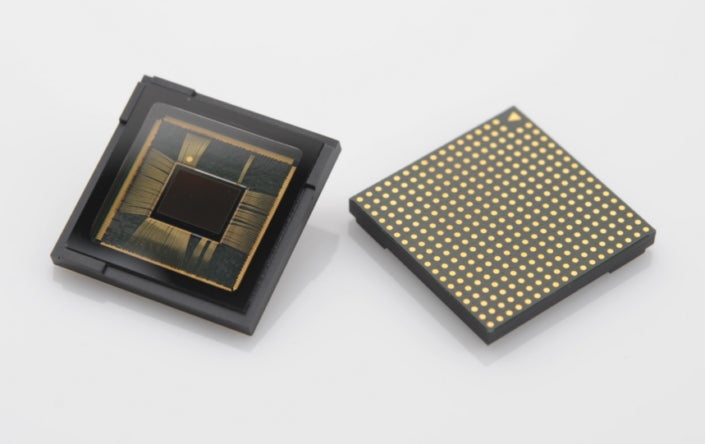
So, if Samsung were to make a dual camera for an upcoming phone, which type would it be?
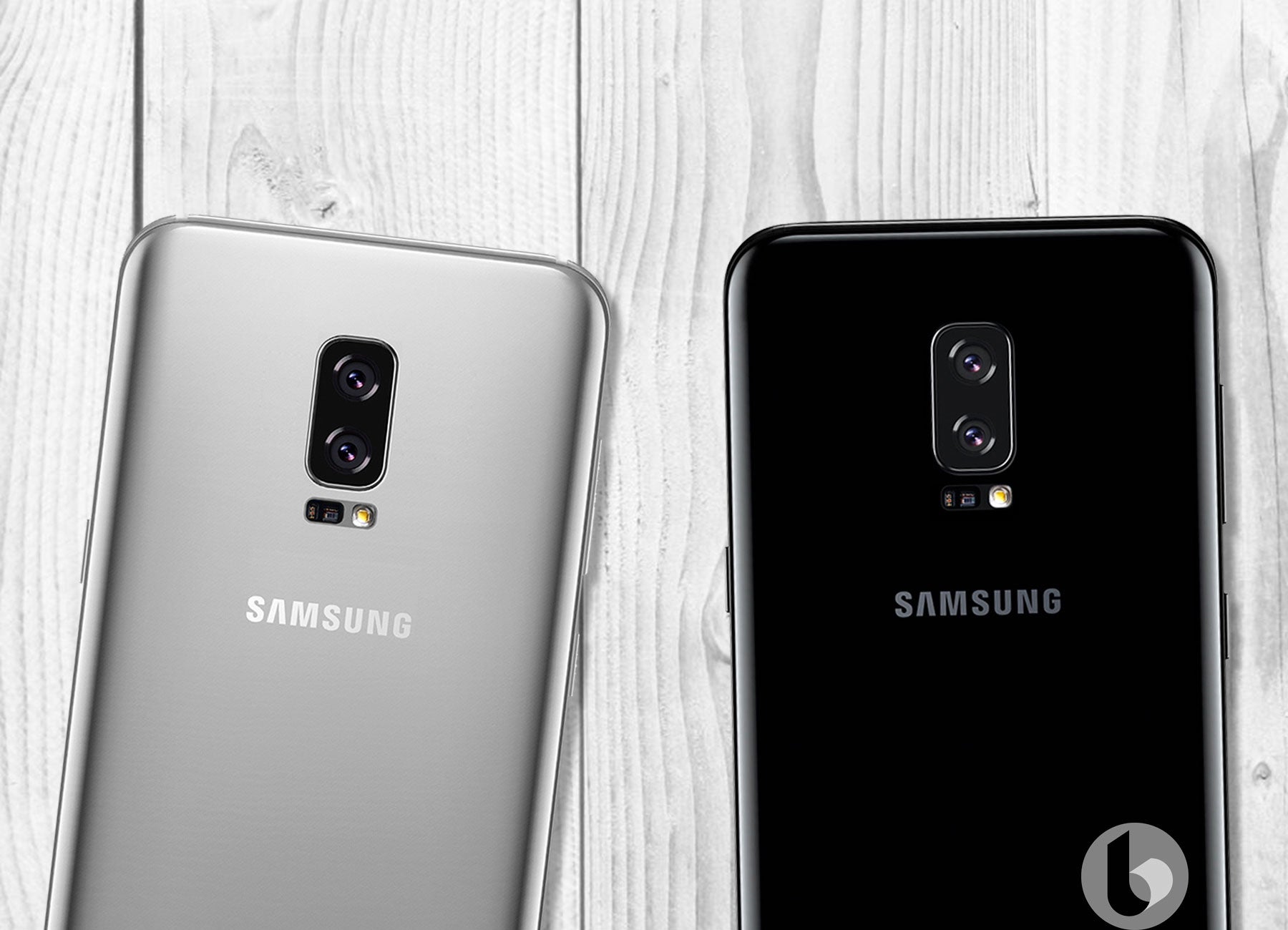
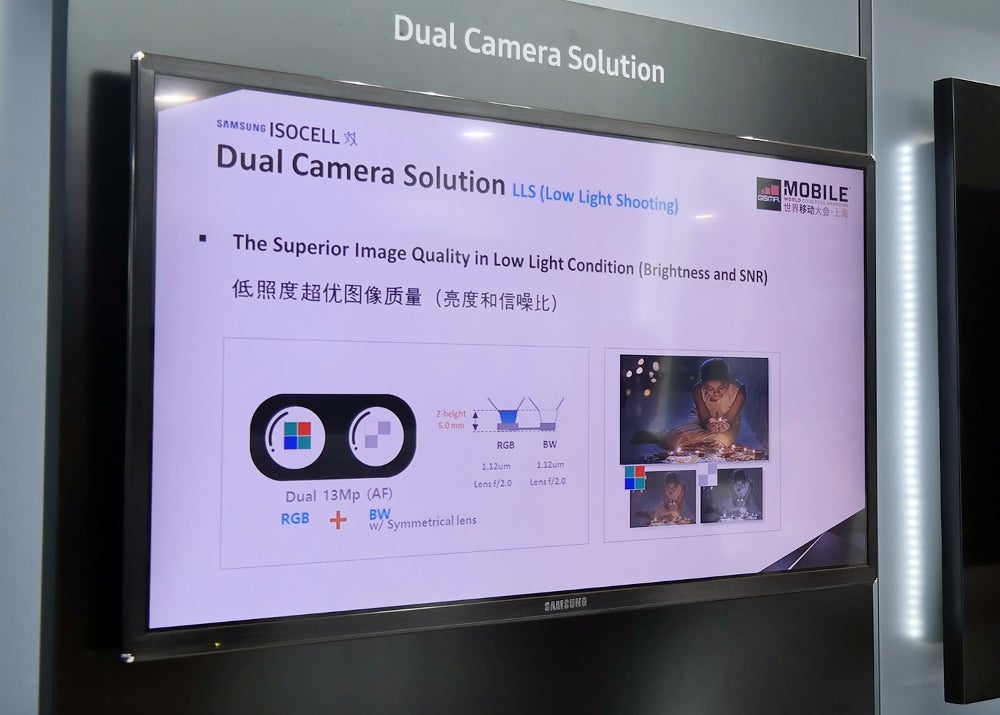
So, what does this mean? Smaller pixels usually speak of poor light-collecting capabilities, but one could argue that the monochrome sensor might somehow magically offset this disadvantage. But the smaller aperture would definitely be a step back — it is not only worse at light gathering, it would also introduce a longer depth of field and reduce the phone's natural "bokeh" capabilities, which is something we believe is a generally sought-after effect.
To be exact, we don't believe that this particular concept, which we see at the MWC 2017 Shanghai slide, is the dual camera that would go inside the Galaxy Note 8. It might be a presentation of a dual cam setup, which Samsung would sell to its partners, or one that would go in a lower-tier Galaxy phone. But compared to Sammy's current cameras, what we see here just looks like too much of a downgrade for the sake of having two cameras on one's phone. At least on paper... However, it is quite possible that the Note 8 or the next Galaxy S flagships could use this ISOCELL concept, just with better sensors and lenses.
Time will tell and August is near!
Samsung Electronics, a world leader in advanced semiconductor technology, today introduced its image sensor brand ‘ISOCELL®’ as well as demonstrated leading-edge solutions at the 2017 Mobile World Congress (MWC) Shanghai.
Samsung’s brand for its image sensor lineup is named after the company’s own ISOCELL technology, which is the optimum solution for today’s devices that require ultra-slim designs with high quality cameras. First introduced in 2013, ISOCELL technology separates each pixel with a physical barrier that reduces color crosstalk among pixels. This allows high color fidelity, enabling excellent image quality even with smaller pixels.
- ISOCELL Bright sensors deliver bright and sharp images with high color fidelity and reduced noise in low light environments
- ISOCELL Fast sensors provide fast autofocus onto still or moving objects even when dark
- ISOCELL Slim sensors adopt the smallest pixel sizes available in the market at 0.9-1.0um, yet produce high quality images for the slimmest devices
- ISOCELL Dual sensors can be mixed and matched in various combinations on consumer devices to bring about features demanded in the latest dual camera trend
“Samsung ISOCELL is a brand that represents the essence of our leading pixel technologies. We expect the ISOCELL brand to help consumers easily acknowledge and confide in camera performance as well as overall quality of the device,” said Ben Hur, Vice President of System LSI marketing at Samsung Electronics. “With our advanced image sensor technologies, Samsung will continue to bring innovation to cameras used in smartphones and other applications.”
At MWC Shanghai, Samsung will be featuring advanced logic solutions, including the Exynos 9 series with 10-nanometer FinFET process technology, for a wide range of platforms such as mobile, Virtual Reality (VR) and wearable devices.
Follow us on Google News



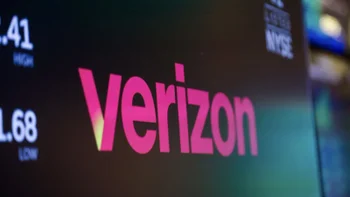


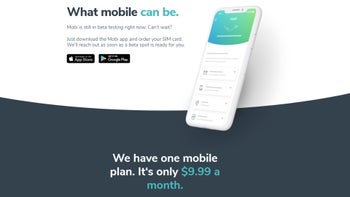


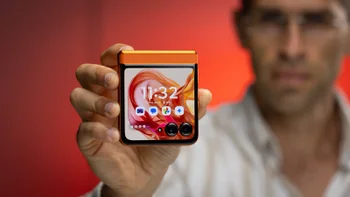
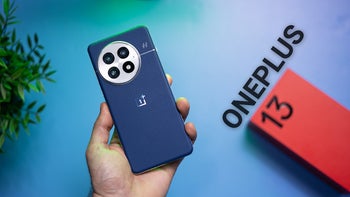
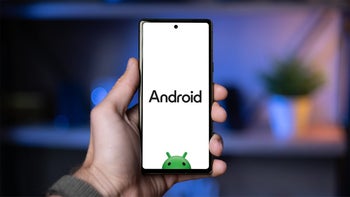
Things that are NOT allowed:
To help keep our community safe and free from spam, we apply temporary limits to newly created accounts: